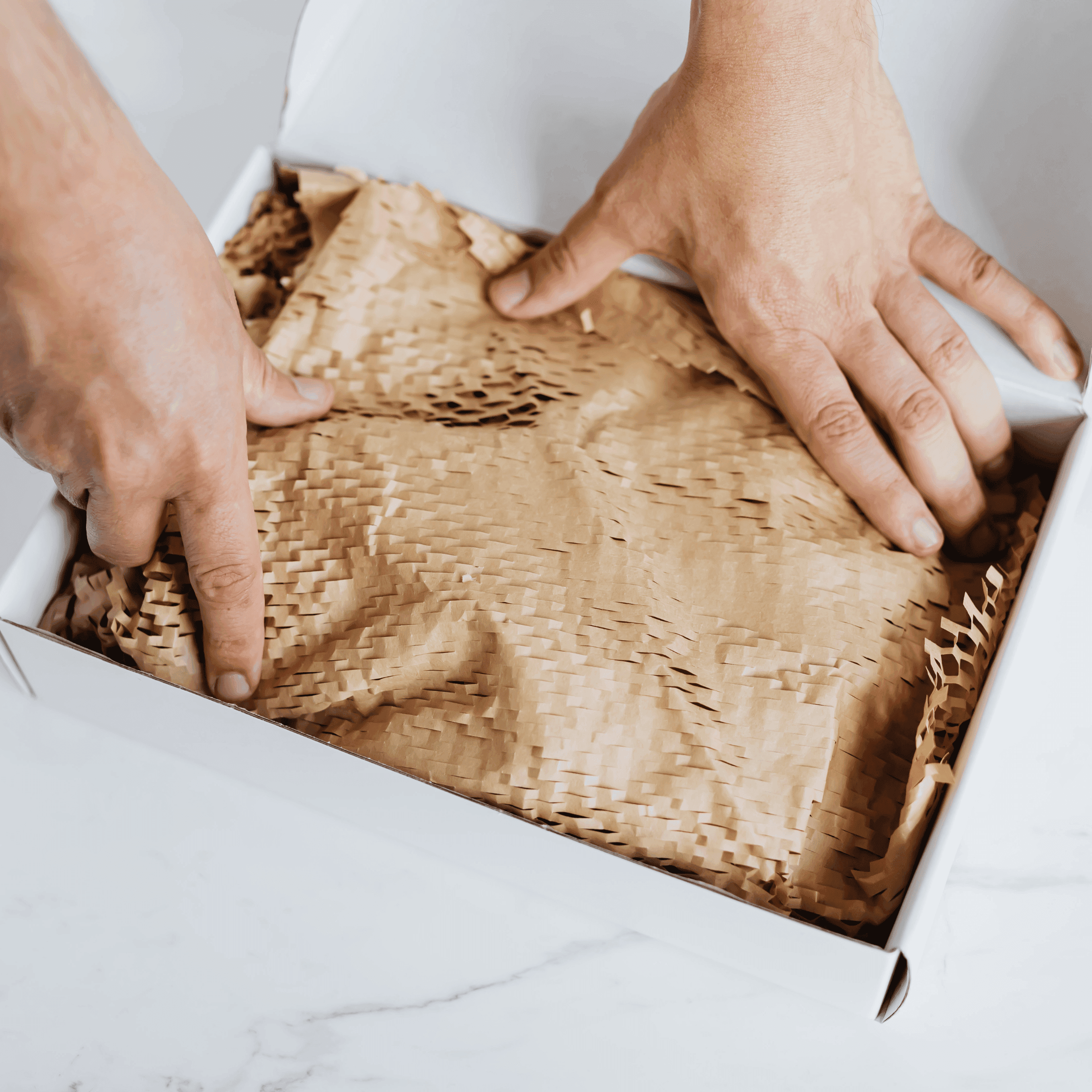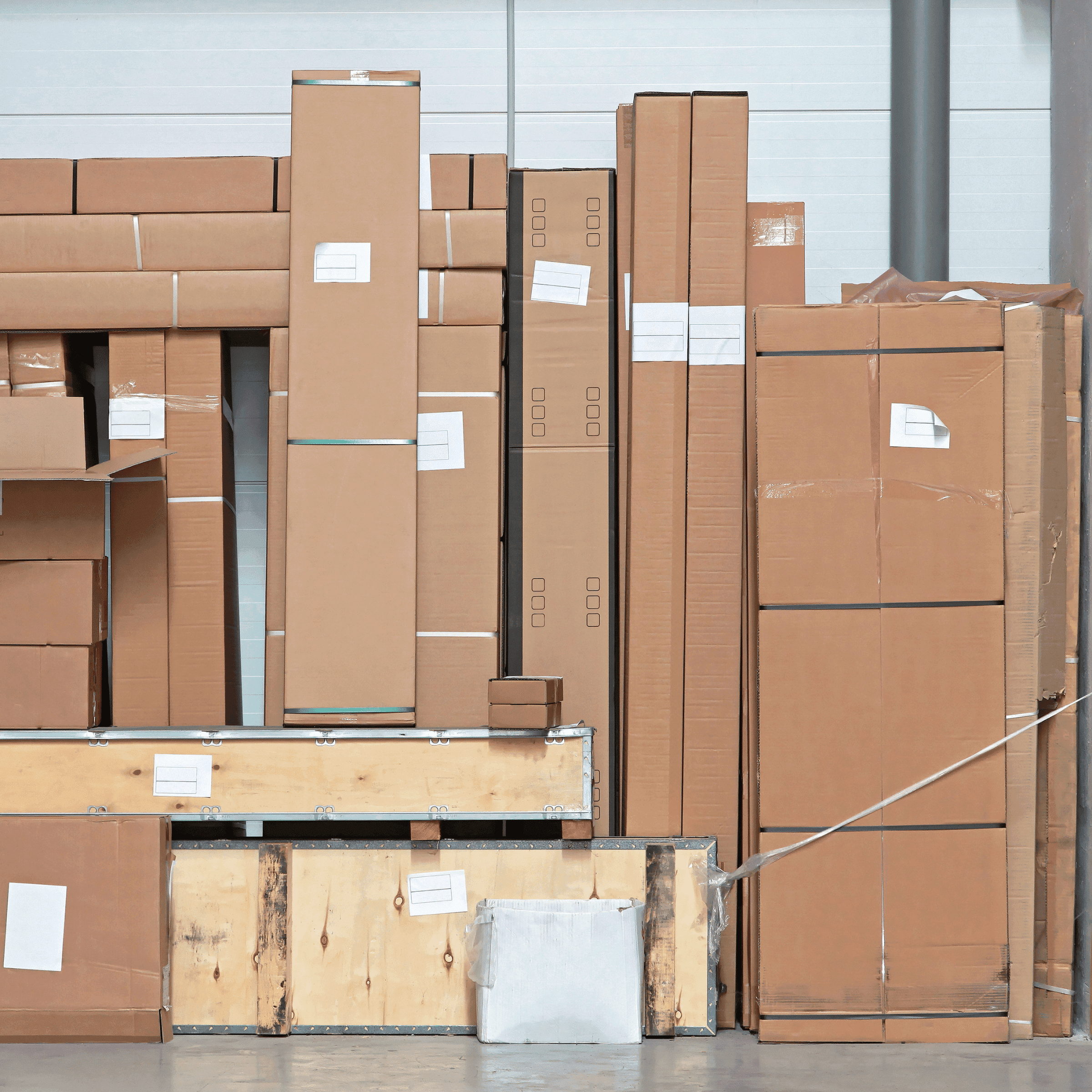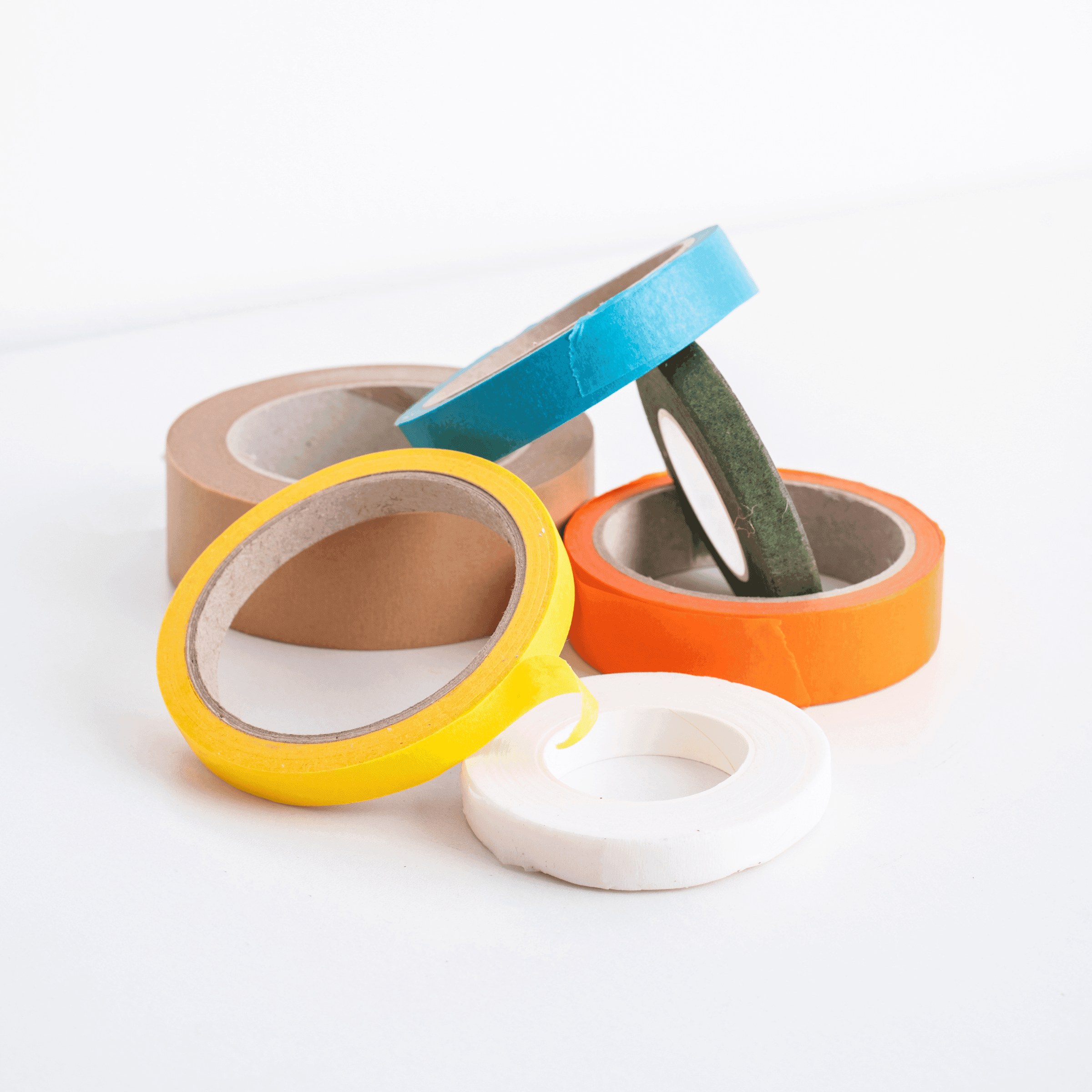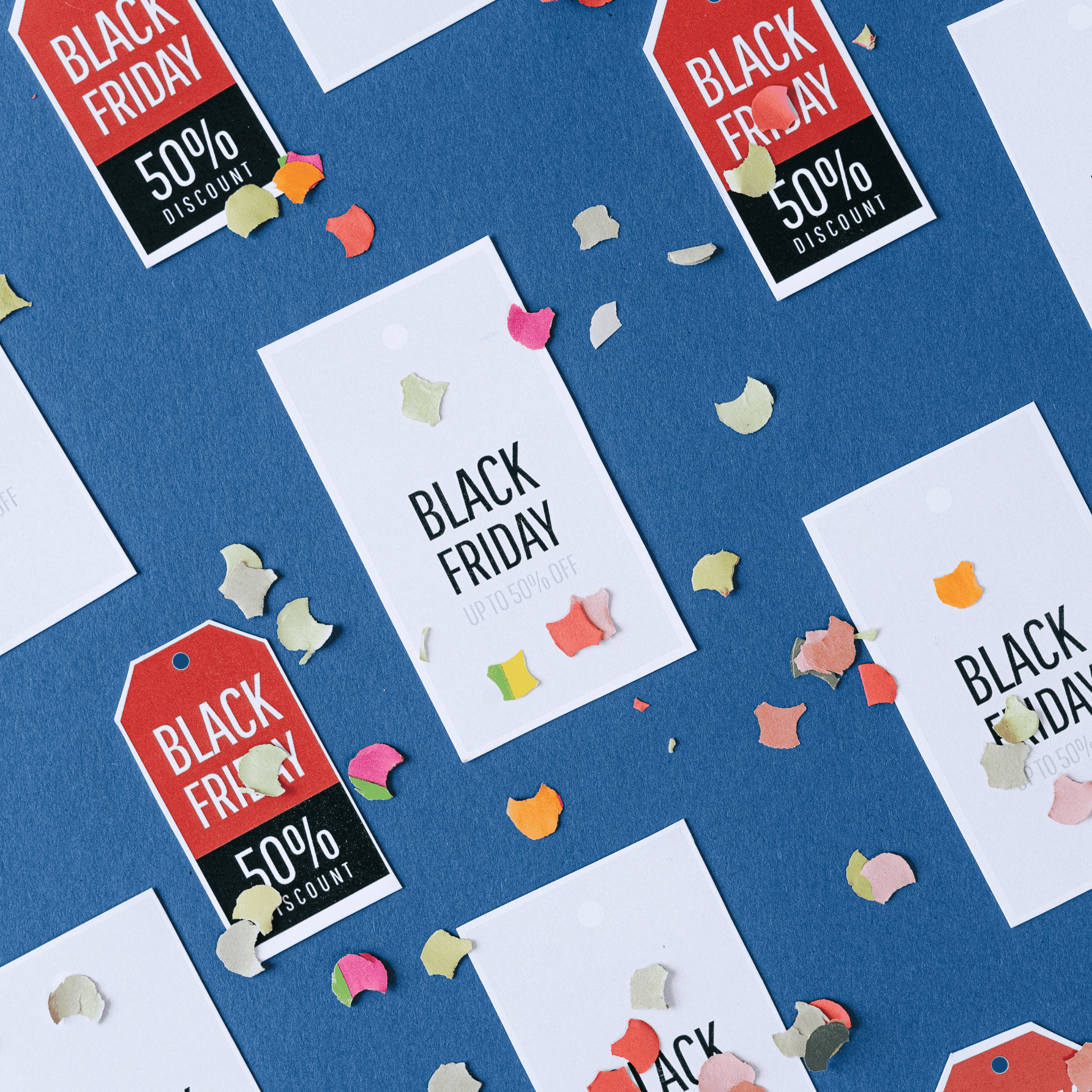Emerging ecommerce brands hit a point where demand outgrows DIY fulfillment. Orders spike, wholesale opportunities appear, retail compliance gets real and returns start eating time. A modern third-party logistics partner (3PL) turns those growing pains into growth levers—converting fixed costs into variable, unlocking nationwide service levels, and making your operations retail- and marketplace-ready without hiring a full warehouse team.
Below is a practical, founder-friendly guide to what a strong 3PL should do for your brand, how to choose one, and how to measure results from day one.

What Counts as an “Emerging” Ecommerce Brand?
You don’t need eight-figure revenue to benefit from a 3PL. Typical signals you’re ready:
- You’re shipping 300–3,000 orders/month with seasonal spikes.
- You’ve added (or plan to add) channels beyond your online store—Amazon, Faire, Walmart Marketplace, or wholesale/retail.
- You’re spending more founder hours on packing/returns than on product, marketing, or sales.
- Retail buyers are asking for EDI, carton labeling, UCC-128/GS1-128 labels, and precise routing guides.
- Storage is tight, and inbound containers or pallets don’t fit your current footprint.
If two or more of these sound familiar, you’re at the inflection point where a 3PL compounds growth.

10 Ways a 3PL Accelerates Growth
1) Faster delivery that lifts conversion
Speed and reliability move the needle on checkout. A 3PL with carrier relationships, multi-service shipping, and regional placement can hit 2- to 3-day ground coverage for most customers. Consistent SLAs reduce abandoned carts and build repeat purchase behavior.
2) Variable cost structure (and fewer surprises)
Insourcing makes sense until labor, space, racking, equipment, insurance, and systems turn into fixed overhead. A 3PL moves most costs to pay-for-what-you-use: receiving, storage, pick/pack, and shipping—so you keep cash flexible and scale without step-function hires.
3) Retail & marketplace readiness—without a fire drill
Growth often means retail compliance and new marketplaces. Your 3PL should handle:
- Retail routing guides & EDI (advance ship notices, purchase orders, invoices).
- Carton and pallet labeling (GS1-128/UCC-128, SSCC).
- Case-pack standards, ASN accuracy, and delivery appointments.
- Marketplace compliance like Amazon FBA/FBM/SFP prep standards.
4) Inventory accuracy that eliminates stockouts
Accurate inventory is oxygen. A robust WMS/OMS integration (e.g., Shipedge to Shopify, Faire, Amazon, SPS Commerce for EDI) synchronizes stock, pushes tracking automatically, and prevents oversells. Cycle counts, lot/batch tracking, and clear SKU naming conventions keep data trustworthy.
5) Value-added services that expand your offer
Kitting, bundling, co-packing, labeling, and light assembly let you launch promos and SKU variants quickly: gift sets, subscription bundles, seasonal multi-packs, or retail-ready shippers—without adding new in-house workflows.
6) Returns that protect margins (and sustainability goals)
Fast dispositioning—reshelve, refurbish, re-kit, or recycle—recovers value and shortens the cash cycle. Clear return codes, photo evidence, and standardized decision trees keep per-return costs in check and feed continuous product feedback.
7) International and duty-deferral options
If you import, bonded warehousing (CBP Class 3) can legally defer duties on goods stored before U.S. consumption, support re-export, and smooth cash flow. A 3PL with bonded capability keeps your options open when you scale imports.
8) National reach without multiple leases
Strategic location (for example, the Northeast corridor near major ports and parcel hubs) shortens zone distances, lowers shipping costs, and improves delivery windows to dense population centers.
9) Data you can act on
A growth-minded 3PL provides dashboards and exports: order SLA compliance, pick accuracy, inventory turns, storage aging, returns reasons, and carrier cost per order. Data informs reorder points, SKU rationalization, and channel strategy.
10) Founder time back
Growth requires focus. Offloading the daily grind of receiving, putaway, pick/pack, and compliance frees you to build product, content, and channel partnerships.

When to Outsource: A Quick Self-Check
- You can predict weekly order volume, even roughly.
- Your unboxing/QC standards are documented (photos, tolerances, and SOPs).
- You know your core SKUs’ dimensions and weights.
- You can articulate service level expectations (e.g., “orders in by 1 p.m. ship same day”).
If you’re missing any of these, a good 3PL will help you finalize them during onboarding.
How to Choose the Right 3PL (and Avoid Costly Mismatches)
Fit over flash. Look for operational alignment, not just a slick pitch.
- Facility & location: Near ports (e.g., Boston/NY–NJ) for imports? Near parcel hubs for fast ground? Ask for real carrier zone maps.
- Systems: Native integrations to Shopify, Faire, Amazon (Seller Central), SPS Commerce/EDI. Confirm how tracking flows back automatically.
- Compliance: Proven experience with UCC-128/GS1-128, retailer routing guides, and PO/ASN accuracy. Request sample labels and an ASN export.
- SOPs & QA: Receiving standards, photo capture, lot control, and documented exception handling.
- Value-added services: Kitting, co-packing, batch coding/inkjet marking, retail ticketing, and FBA prep.
- Bonded capabilities (if relevant): Duty-deferral, re-export, CBP audits readiness.
- Pricing transparency: Clear rate card with what’s included/excluded; project rates for special runs.
- References: Ask for similar brands (order volume, SKU count, channels).
Red flags: vague SLAs, no system demo, “we don’t do photos,” or unclear exception fees.
Onboarding Roadmap (30-60-90 Days)
Days 0–30: Foundations
- Connect sales channels and EDI; validate test orders and ASNs.
- Approve receiving, labeling, and packaging SOPs with photo standards.
- Define SLAs (cutoff times, same-day/next-day, B2B lead times).
- Transfer initial inventory; perform cycle counts and SKU slotting.
Days 31–60: Stabilize & standardize
- Launch DTC and marketplace orders; track first-week accuracy and on-time ship.
- Pilot at least one value-added project (bundle, FBA prep, or retail ticketing).
- Begin weekly KPI reviews: order SLA, pick accuracy, cost per order, returns processing time.
Days 61–90: Optimize & scale
- Tune packaging to reduce DIM weight.
- Introduce replenishment cadence and reorder points by SKU.
- Expand channels (e.g., wholesale/retail dropship via EDI) with small test POs.
- Lock quarterly roadmap (seasonal spikes, product launches, promos).

Pricing Models—What to Expect (and How to Compare)
- Receiving: by pallet, case, or labor hour; ask how they handle container floor-loads.
- Storage: by pallet position, bin, shelf, or cubic footage; clarify calendar vs. anniversary billing.
- Pick/Pack: per order + per additional item; confirm how fragile/oversized items are priced.
- Shipping: your carrier accounts vs. 3PL accounts; request a shipping matrix and example order costs.
- Projects/Value-Added: time-and-materials or per-unit for kitting, labeling, co-packing, or rework.
- FBA/Marketplace Prep: per-unit for FNSKU labeling, poly-bagging, bubble-wrap, case labeling, and carton forwarding.
Tip: Compare total landed cost per representative order (items, weight/dimensions, destination mix). Pure rate cards can mislead.
KPIs That Prove It’s Working
- Service: On-time ship rate (≥98% within SLA), scan-based tracking compliance, dock-to-stock time.
- Accuracy: Pick accuracy (≥99.5%), ASN/EDI accuracy for B2B, return mis-ship rate (<0.3%).
- Inventory: Cycle count accuracy (≥99%), days on hand by SKU, aging report share (>90-day stock).
- Cost: Average cost per order, outbound freight as % of revenue, storage as % of COGS.
- Growth: Conversion lift from faster delivery, wholesale PO fill rates, time-to-launch new bundles/SKUs.
Common Pitfalls (and How a Good 3PL Avoids Them)
- Unlabeled or poorly labeled inbound: Solve with clear ASN templates, photo examples, and mandatory pallet placards.
- SKU proliferation without governance: Implement naming conventions and archive dead SKUs quarterly.
- Packaging bloat: Periodic packaging audits and right-sizing to cut DIM charges.
- Channel expansion before ops readiness: Soft-launch each new channel with test orders and explicit SOPs.
- Returns chaos: Pre-defined disposition trees and reason codes keep costs predictable and data usable.

Why Brands Choose Snapl
- Northeast reach & port proximity: Operations in Gloucester City, NJ and South Hadley, MA position your inventory close to major population centers and East Coast ports.
- Marketplace & retail expertise: Amazon FBA/FBM/SFP prep, Faire, Shopify, and retail dropship with SPS Commerce/EDI.
- Value-added services: Co-packing, kitting, labeling, batch coding (inkjet), and retail ticketing so you can launch promos fast.
- Bonded warehousing: Duty-deferred storage (CBP Class 3) supporting importers and re-export strategies.
- Integrated systems: Shipedge OMS with API connections to your sales channels; automatic tracking uploads and inventory sync.
FAQs
How quickly can a 3PL go live?
With clean product data and clear SOPs, most emerging brands stand up DTC in 2–4 weeks, then phase in marketplaces and retail.
Do I lose visibility if I outsource?
You should gain it. Expect real-time inventory, order status, photos on exceptions, and weekly KPI reviews.
Can a 3PL support retail and DTC from the same stock?
Yes—if the WMS and SOPs are designed for multi-channel. Confirm cartonization, labeling, and EDI workflows before launch.
What if my products need special handling?
Your 3PL should document packaging specs, fragility flags, lot/batch tracking, and temperature or hazmat requirements where applicable.
Can you help with returns and refurb?
A mature returns workflow will triage, photo, and route products to resell, re-kit, or responsibly recycle, with reason codes for feedback.
Ready to turn operations into a growth engine?
Consolidate fulfillment, marketplace prep, and retail compliance under one roof—then scale confidently.

Unlock 3PL support tailored to your brand.
Contact Us





